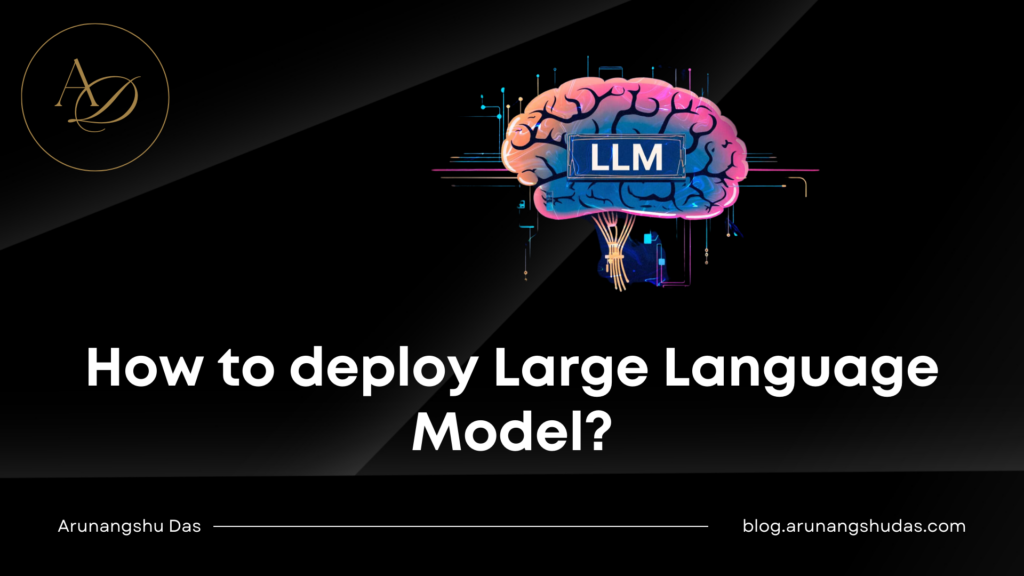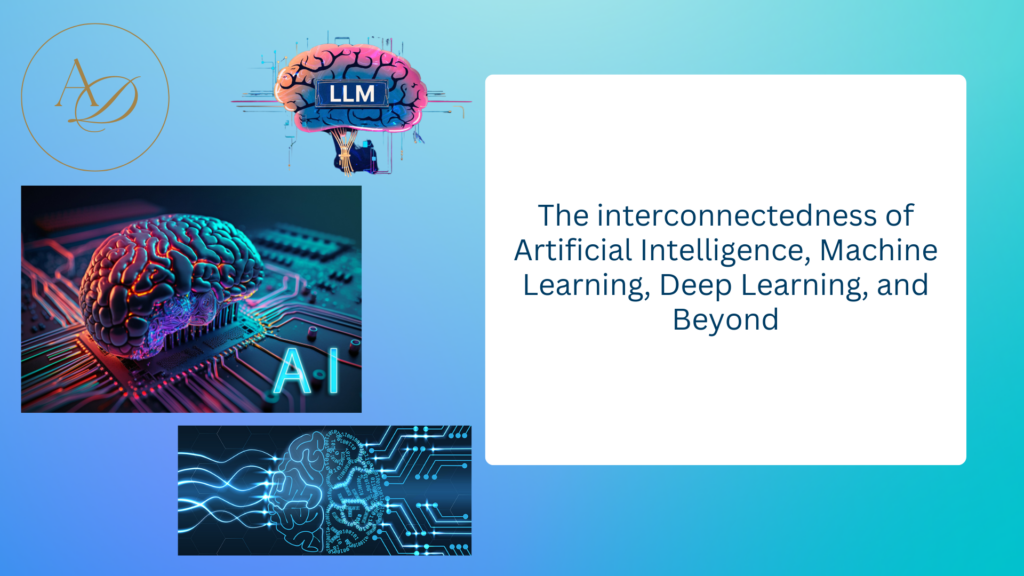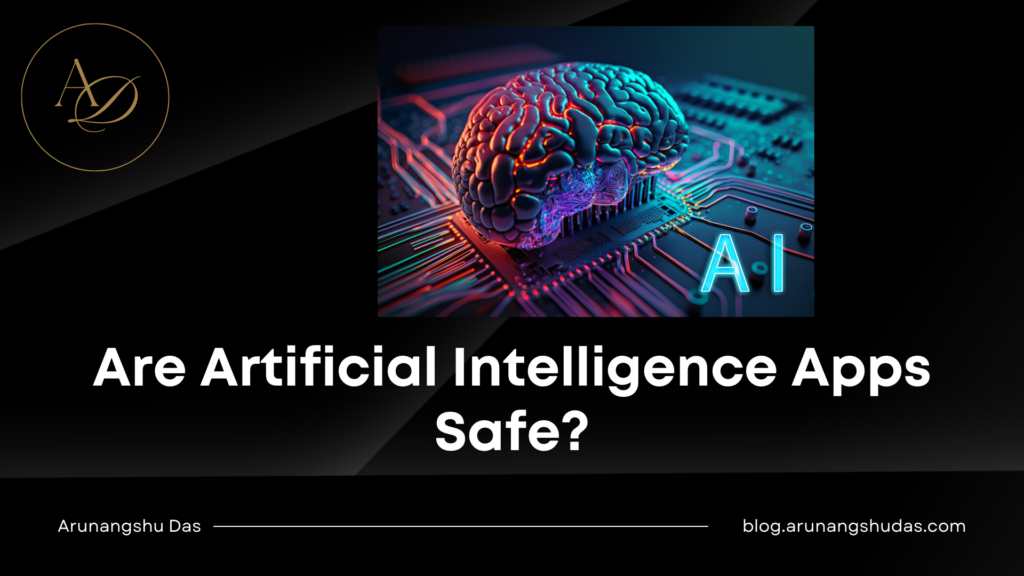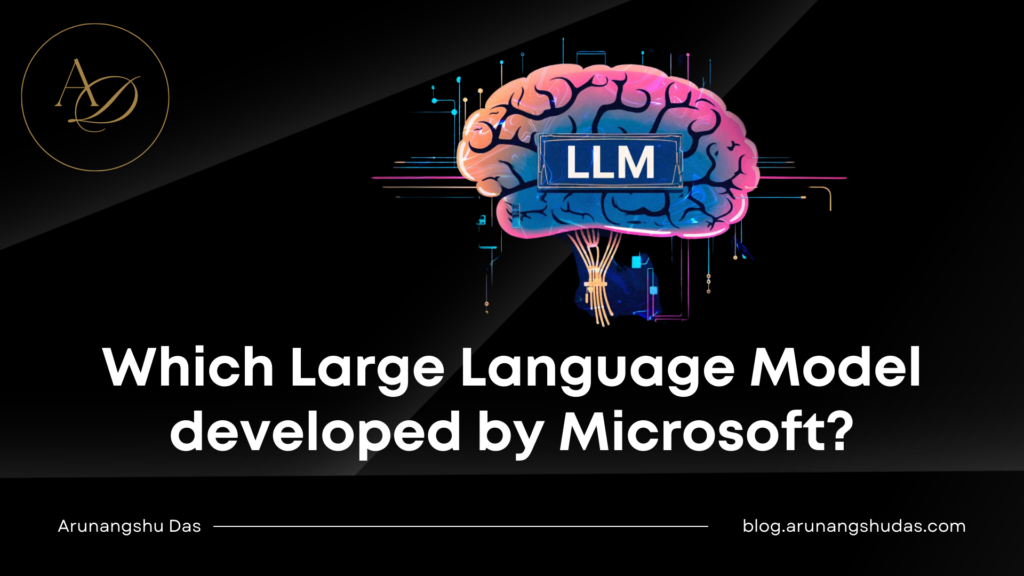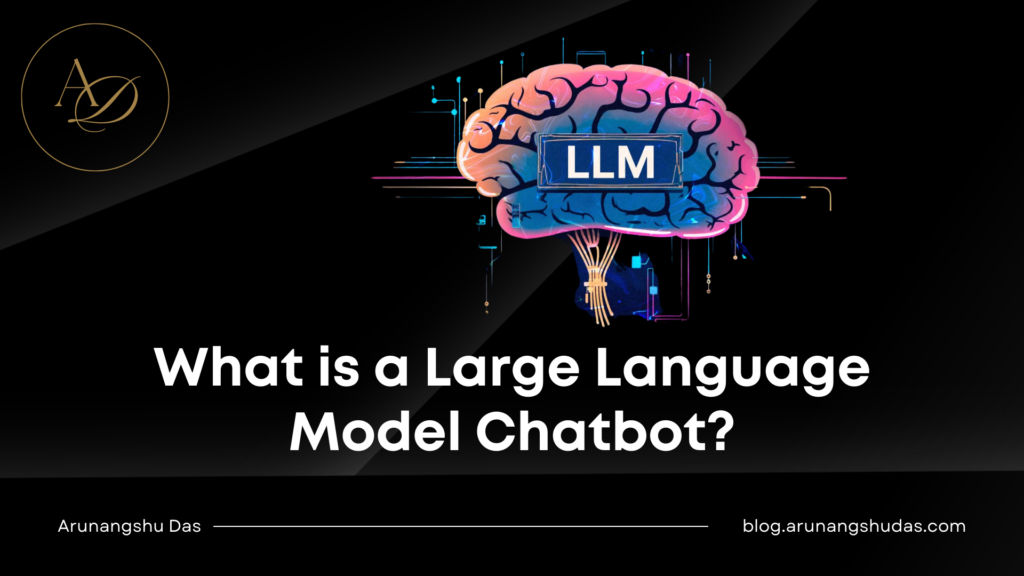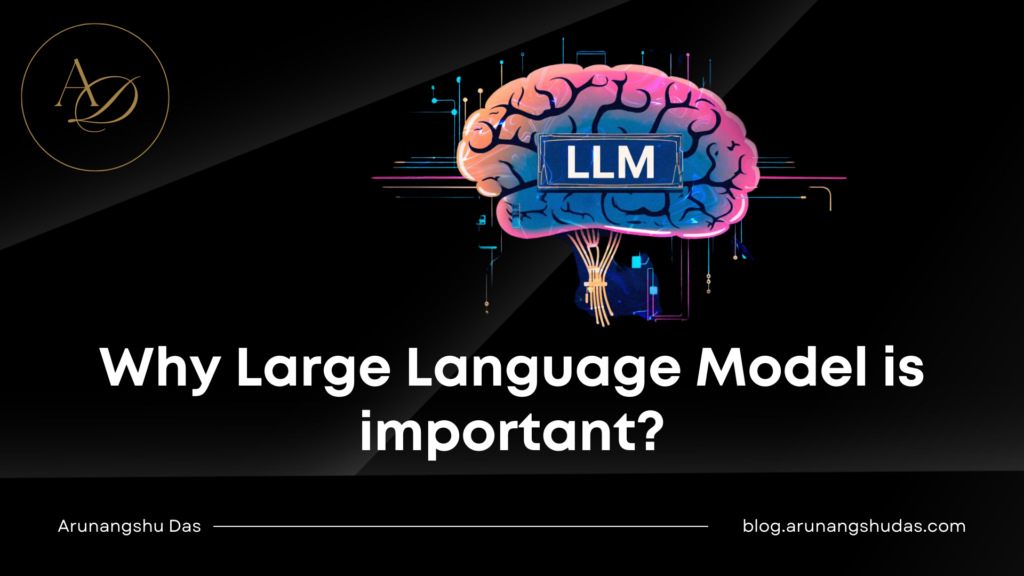If you’ve been paying attention to the tech world over the past few years, you’ve probably noticed the rapid rise of AI-driven language models like ChatGPT, Gemini, and Claude. These models are doing everything from writing code to generating marketing content, revolutionizing industries along the way. But what does this shift really mean for technology as a whole?
1. Language Models as Catalysts for Innovation
Language models have unlocked new possibilities across various domains, accelerating innovation like never before. From automating repetitive tasks to providing deep insights through natural language processing (NLP), AI-powered models are streamlining workflows and improving efficiency.
Some of the biggest areas of impact include:
- Software Development – AI-assisted coding tools like GitHub Copilot are helping developers write better code faster. Language models can generate boilerplate code, suggest optimizations, and even debug errors.
- Customer Support & Chatbots – Companies are leveraging AI chatbots to handle customer queries, reducing the workload on human agents while improving response times.
- Healthcare & Research – AI is assisting doctors by analyzing medical texts, helping researchers identify patterns in vast datasets, and even generating medical reports.
- Education & Learning – AI-powered tutors and language models are helping students learn new skills, translate languages, and access personalized education resources.
These use cases are just scratching the surface—language models are finding applications in nearly every industry.
2. Transforming Human-Computer Interaction
Before AI-driven language models, interacting with computers required learning rigid commands, writing scripts, or navigating complex user interfaces. But now? Natural language is becoming the new UI.
Whether it’s voice assistants like Siri and Alexa or AI-enhanced search engines, technology is moving towards a more conversational, intuitive experience. This shift makes technology more accessible, even for those without technical expertise.
For example:
- A business owner can ask an AI chatbot, “How do I optimize my website for SEO?” and receive actionable insights without hiring an expert.
- A software engineer can type “generate a REST API in Node.js” and get working code snippets.
The ability to interact with machines using natural language is making technology more inclusive and empowering more people to leverage its benefits.
3. The Challenges & Ethical Dilemmas
Despite their incredible capabilities, language models are not without flaws. Some of the biggest challenges include:
Bias & Misinformation
Language models are trained on massive datasets, which can sometimes include biased or inaccurate information. If not carefully monitored, AI-generated content can reinforce stereotypes or spread misinformation.
Job Displacement Concerns
As AI automates certain tasks, there’s an ongoing debate about job displacement. While AI creates new opportunities, some industries will inevitably see shifts in employment trends. The key lies in reskilling the workforce and adapting to new roles where human creativity and problem-solving are irreplaceable.
Data Privacy & Security
AI-driven systems often rely on large amounts of user data, raising concerns about privacy and data security. Companies need to implement strong safeguards to ensure ethical AI usage and protect user information.
4. What’s Next for Language Models?
As technology advances, we can expect language models to become even more powerful and refined. Some future trends include:
- Smaller, More Efficient AI Models – Instead of relying on massive cloud-based AI, we may see lightweight models running directly on devices, improving speed and privacy.
- Better Context Understanding – Future AI will have a deeper understanding of context, reducing hallucinations (when AI generates incorrect information) and improving response accuracy.
- AI & Human Collaboration – The future isn’t about AI replacing humans, but about enhancing human capabilities. AI-assisted workflows will allow professionals to focus on high-level problem-solving while AI handles repetitive tasks.
Final Thoughts
Language models have already reshaped the tech landscape in profound ways, and we’re only at the beginning of this transformation.
You may also like:
1) How AI is Transforming the Software Development Industry
2) 8 Key Concepts in Neural Networks Explained
3) Top 5 Essential Deep Learning Tools You Might Not Know
4) 10 Common Mistakes in AI Model Development
5) 6 Types of Neural Networks You Should Know
6) The Science Behind Fine-Tuning AI Models: How Machines Learn to Adapt
7) 7 Essential Tips for Fine-Tuning AI Models
8) Top 10 Generative AI Tools for Content Creators in 2025
9) 10 Best Practices for Fine-Tuning AI Models
Read more blogs from Here
Share your experiences in the comments, and let’s discuss how to tackle them!
Follow me on Linkedin


